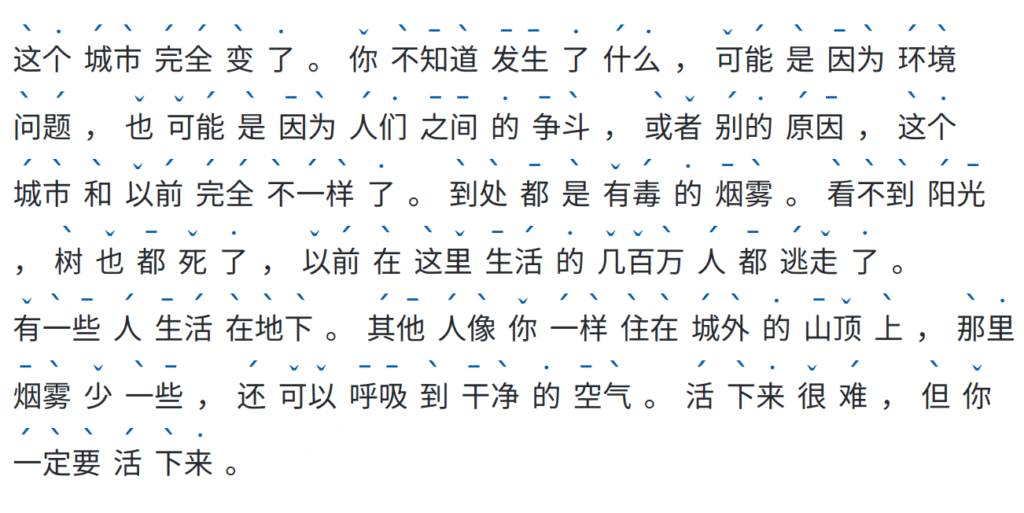
In today’s interconnected world, communication transcends geographical boundaries. Learning to text in Chinese opens doors to a vibrant global community of Mandarin speakers. Whether you’re traveling to China, studying the language, or simply want to connect with friends and family who speak Mandarin, mastering this skill can significantly enrich your experiences. This article will guide you through the essentials of texting in Chinese, equipping you with the knowledge and tools to communicate effectively.
This comprehensive guide will delve into the fundamentals of Mandarin texting, covering essential characters, pinyin pronunciation, cultural nuances, popular messaging apps, and practical tips for sending messages, emojis, and voice notes. By following this roadmap, you’ll be well on your way to confidently navigating the world of Chinese text communication.
Learn Mandarin Texting
The foundation of texting in Chinese lies in understanding the language itself. While spoken Mandarin is tonal and requires careful pronunciation, written Chinese utilizes a unique character-based system. Each character represents a word or concept, and mastering these characters is crucial for effective reading and writing. Start by learning common greetings, farewells, and basic phrases to initiate conversations.
Practice regularly using flashcards, online resources, or language learning apps to familiarize yourself with the written form of Mandarin. As you progress, explore more complex vocabulary and grammar structures to expand your texting repertoire. Remember, consistency is key! Dedicate time each day to practice writing and reading Chinese characters to solidify your understanding.
Chinese Characters & Pinyin

Chinese characters are a fascinating and intricate system, but they can seem daunting at first glance. Each character consists of strokes that combine to form meaningful units. Start by learning basic radicals, which are fundamental components found in many characters. Gradually build upon these radicals to decipher more complex characters.
Pinyin, the romanization system for Mandarin, provides a phonetic guide to pronunciation. Learning pinyin alongside characters will help you understand how words sound and connect written text with spoken language. Utilize online dictionaries and pronunciation guides to master the sounds of each character. Remember that tones are crucial in Mandarin, so pay attention to the different pitch variations when practicing pinyin.
Texting Etiquette in China
Just as texting etiquette varies across cultures, Chinese communication norms have unique considerations. Be mindful of formality levels, avoid overly casual language, and use respectful greetings and farewells. When addressing someone older or in a position of authority, use honorific titles and polite phrasing.
Refrain from sending lengthy messages or interrupting conversations frequently. It’s considered polite to wait for a response before sending follow-up messages. Group chats often involve multiple participants, so be mindful of your contributions and avoid dominating the conversation.
Popular Messaging Apps (WeChat, QQ)

In China, WeChat and QQ are ubiquitous messaging apps that dominate the communication landscape. WeChat offers a comprehensive suite of features, including text messaging, voice calls, video conferencing, mobile payments, and social media integration. QQ is another popular platform known for its instant messaging, group chats, and online gaming communities.
Familiarize yourself with the interface and functionalities of these apps to seamlessly connect with Chinese contacts. WeChat’s “Moments” feature allows you to share updates and photos with friends, while QQ offers a variety of virtual gifts and emoticons for expressing emotions.
Sending Messages & Emojis
Sending messages in Chinese is similar to texting in other languages. Use the keyboard input method to type characters or pinyin, and select emojis to convey emotions and add personality to your messages. Emojis are widely used in Chinese communication, so mastering their meanings will enhance your understanding and expressiveness.
Voice notes are also a popular form of communication in China. WeChat and QQ allow you to record and send voice messages, which can be more personal and expressive than text-based messages. Practice speaking clearly and concisely when sending voice notes.
Conclusion
Learning how to text in Chinese opens up a world of possibilities for connecting with Mandarin speakers globally. By mastering essential characters, pinyin pronunciation, texting etiquette, and popular messaging apps, you’ll be well-equipped to navigate the intricacies of Chinese text communication. Embrace the challenge, practice consistently, and enjoy the rewarding experience of connecting with people from diverse cultures through the power of language.
